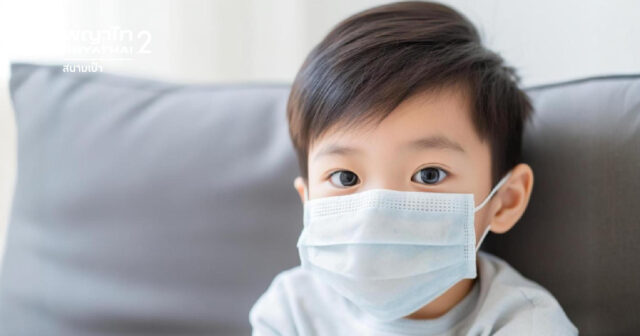Parainfluenza Virus: A Respiratory System Threat

Parainfluenza virus is one of the viral groups that affects the respiratory system, especially in young children, the elderly, and individuals with weakened immune systems. This article presents basic information about the parainfluenza virus, including its modes of transmission, common symptoms, diagnostic methods, treatment options, and preventive measures.
Parainfluenza viruses are RNA viruses belonging to the Paramyxoviridae family. Several types can infect humans, including HPIV-1, HPIV-2, HPIV-3, and HPIV-4. These viruses are commonly associated with pharyngitis and infections of the upper respiratory tract.
Transmission and Infection
Parainfluenza viruses are commonly transmitted through contact with respiratory droplets or secretions from infected individuals. When an infected person coughs or sneezes, virus-containing droplets are released into the air and can infect people nearby. Additionally, touching contaminated surfaces or objects and then touching the face can also lead to infection. The incubation period typically ranges from 2 to 6 days, and the virus primarily targets the epithelial cells of the respiratory tract.
Symptoms and Impact of Infection
1. The symptoms of parainfluenza virus infection can vary depending on the virus type and the individual’s immune status.
2. Common symptoms include cold-like symptoms such as fever, cough, runny nose, sore throat, and, in some cases, body aches.
3. In young children, the virus can cause more severe conditions such as pneumonia and acute bronchiolitis.
In the elderly or immunocompromised individuals, complications may arise, including pneumonia or respiratory failure, which may require close medical monitoring and care.
Treatment
Currently, there is no specific antiviral medication for parainfluenza virus. Treatment primarily focuses on relieving symptoms and supporting the body’s natural recovery. Physicians typically provide supportive care, such as adequate hydration, sufficient rest, and the use of medications to reduce fever or relieve cough. In severe cases, hospitalization may be required for closer monitoring and intensive care.
Prevention Guidelines
- Parainfluenza virus infection can be prevented through the following measures:
Wash hands frequently with soap and water for at least 20 seconds, or use an alcohol-based hand sanitizer.
- Avoid touching the face, especially the eyes, nose, and mouth, when hands are not clean.
Maintain physical distancing in crowded places, especially during outbreaks or when in proximity to infected individuals.
- Vaccination: Although there is currently no specific vaccine for parainfluenza virus, receiving other respiratory vaccines—such as the influenza vaccine—can help reduce the risk of co-infections and prevent complications.
Parainfluenza virus is one of the causes of respiratory illnesses and can significantly impact health, particularly among high-risk groups. Understanding its mode of transmission, potential symptoms, and basic care measures can help individuals respond effectively to infection. If you experience unusual symptoms or suspect an infection, it is important to consult a healthcare professional for proper diagnosis and treatment.


